Alisma plantago-aquatica L. |
| |
|
|
Botanical Name |
: |
Alisma plantago-aquatica L. |
English
Name |
: |
Alisma, Great Water Plantain |
Synonym(s) |
: |
Alisma orientale (Sam.) Juz. |
Family |
: |
Alismataceae |
| |
General Info
| Description |
 |
|
A flowering plant consists of a fibrous root. Leaves emersed, petiolate; blade linear-lanceolate to broadly elliptic to ovate, to 30 ´ 1-12 cm. Inflorescences to 1 m. Flowers chasmogamous; sepals 1.7-3.2 mm; petals purplish white to purplish pink, 3.4--6.4 mm, margins ± erose, apex obtuse; anthers ellipsoid, 0.7--1.4 mm; style ± straight, 0.6--1.5 mm, exceeding ovary length. Fruiting heads 4--6.5 mm diam; achenes ovoid, 1.7--3.1 mm, abaxial keels broadly rounded, with 1 median abaxial groove, rarely 2, beak erect or nearly erect. |
| Herb Effects |
 |
|
Antidote, antibacterial, anticholesterolemic, diuretic and hypotensive (root); antibacterial, anticholesterolemic, diaphoretic, diuretic, hypoglycaemic and hypotensive (leaves); astringent (powdered seed). |
Chemistry
| Active Ingredients |
 |
|
Alismol, alisol-A- monoacetate, asparagine, chrysoeriol, guanidine, lignin, luteolin, nicotinic acid, oleic acid, palmitic acid, pantothenic acid, phenol, pyridoxine, stearic acid, tannin (plant); alisol-A, beta-sitosterol, choline, lecithin, valine (rhizome); rutin (leaf) |
| Chemistry
of Active Ingredients |
 |
|
|
 |
Name |
CAS# |
IUPAC Name |
Formula |
Structure |
 |
|
| Alismol |
87827-55-2 |
(1R,3aS,8aR)-1-methy
l-4-methylidene-7-pr
opan-2-yl-2,3,3a,5,6
,8a-hexahy
droazule
n-1-ol |
C15H24O |

|
| Asparagine |
2058-58-4 |
2,4-diamino-4-oxo-bu
tanoic acid |
C4H8N2O3 |

|
| Chrysoeriol |
491-71-4 |
4,5-dihydroxy-2-(4-h
ydroxy-3-methoxy-phe
nyl)-chromen-7-one |
C16H12O6 |
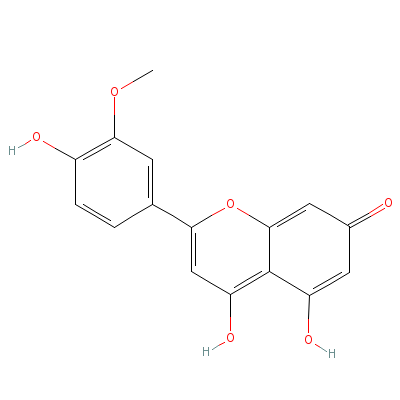
|
| Guanidine |
646-34-4 |
guanidine |
CH5N3 |

|
| Luteolin |
Not Available |
2-(3,4-dihydroxyphen
yl)-4,5-dihydroxy-ch
romen-7-one |
C15H10O6 |
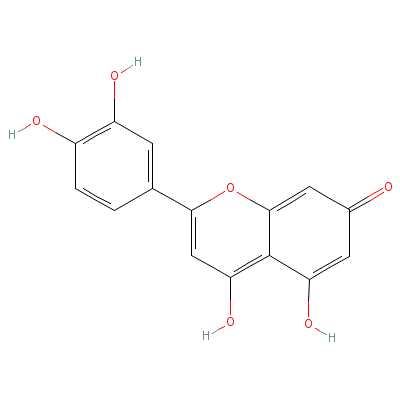
|
| Nicotinic acid |
99148-57-9 |
pyridine-3-carboxyli
c acid |
C6H5NO2 |
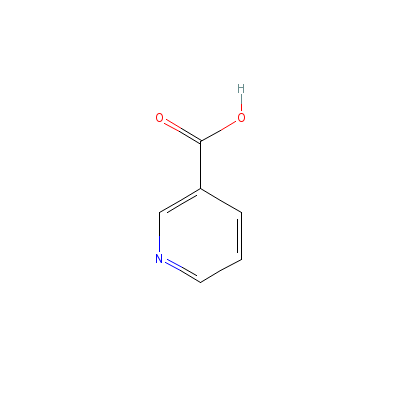
|
| Oleic acid |
8046-01-3 |
octadec-9-enoic acid |
C18H34O2 |
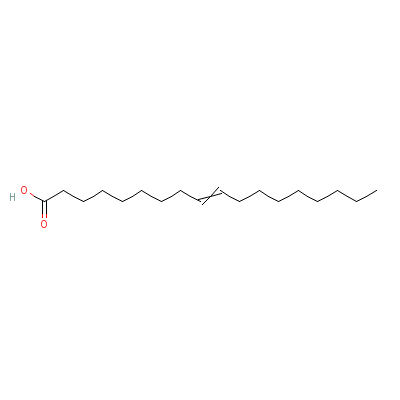
|
| Palmitic acid |
66321-94-6 |
hexadecanoic acid |
C16H32O2 |
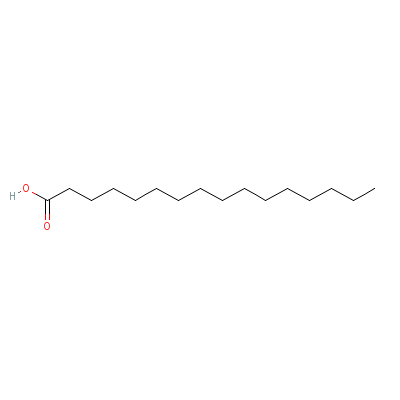
|
| Pantothenic acid |
599-54-2 |
3-[(2,4-dihydroxy-3,
3-dimethyl-butanoyl)
amino]propanoic acid |
C9H17NO5 |

|
| Phenol |
8002-07-1 |
phenol |
C6H6O |
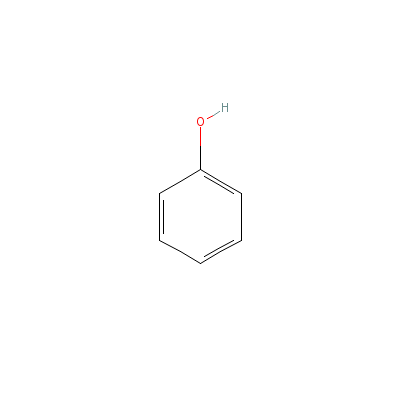
|
| Pyridoxine |
58-56-0 |
4,5-bis(hydroxymethy
l)-2-methyl-pyridin-
3-ol |
C8H11NO3 |
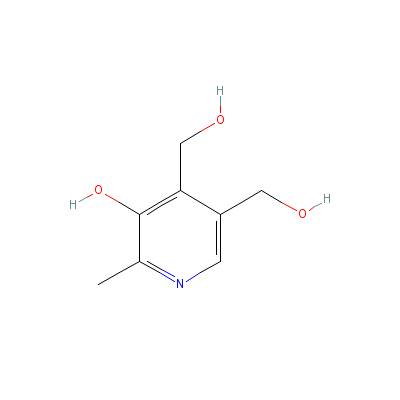
|
| Stearic acid |
82497-27-6 |
octadecanoic acid |
C18H36O2 |

|
| Tannin |
1401-55-4 |
Not Available |
C27H22O18 |
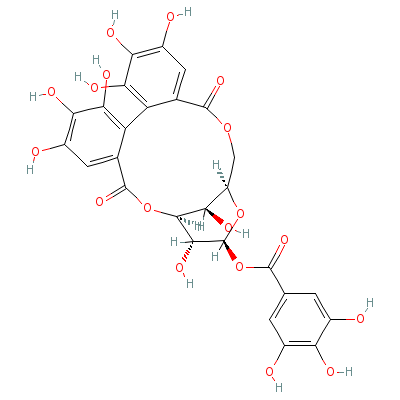
|
| beta-Sitosterol |
5779-62-4 |
17-(5-ethyl-6-methyl
-heptan-2-yl)-10,13-
dimethyl-2,3,4,7,8,9
,11,12,14,
15,16,17
-dodecahydro-1H-cycl
openta[a]phenanthren
-3-ol |
C29H50O |
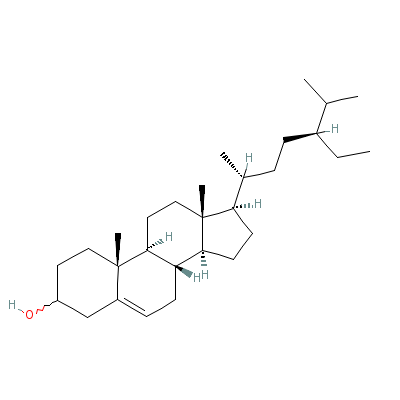
|
| Choline |
67-48-1 |
2-hydroxyethyl-trime
thyl-ammonium |
C5H14NO+ |
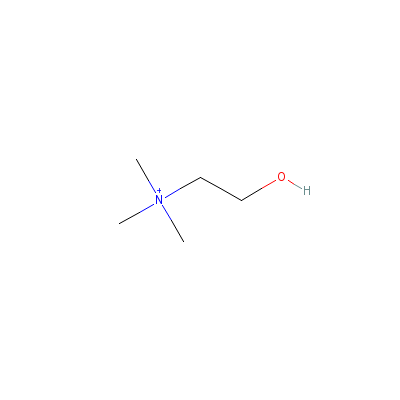
|
| Lecithin |
8057-53-2 |
Not Available |
Not Available |
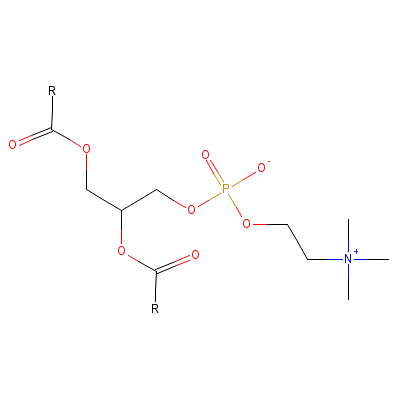
|
| Valine |
7004-03-7 |
2-amino-3-methyl-but
anoic acid |
C5H11NO2 |
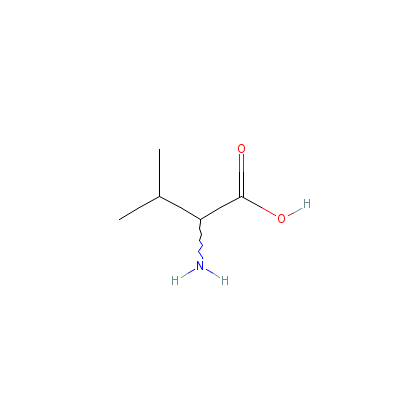
|
| Rutin |
Not Available |
2-(3,4-dihydroxyphen
yl)-4,5-dihydroxy-3-
[3,4,5-trihydroxy-6-
[(3,4,5-tr
ihydroxy
-6-methyl-tetrahydro
pyran-2-yl)oxymethyl
]tetrahydropyran-2-y
l]
oxy-chromen-7-on
e trihydrate |
C27H36O19 |
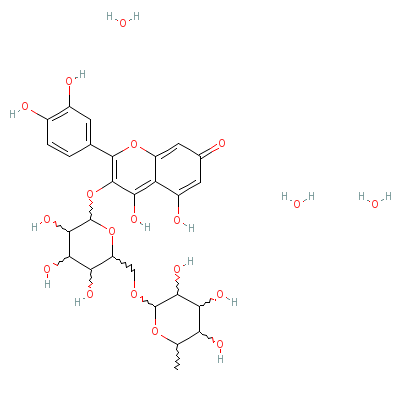
|
|
Pharmacology
| Medicinal Use |
 |
|
Helps to treat renal calculus, cystitis, dysentery and epilepsy (dried leaves); for hydrophobia, to lower blood pressure, cholesterol, blood sugar levels, oliguria, oedema, nephritis, acute diarrhoea and fatty liver (roots); for leprosy, to bruises and swellings (fresh leaves); to promote conception (whole plant). |
| Contraindication |
 |
|
Doses 20–40 times higher than clinical dose is hepatotoxic and nephrotoxic in rats. Rhizome, (as a diuretic), should not be used when there is a clear, thin vaginal discharge since it may cause more than usual excretion of sodium and urea in normal healthy subjects. |
Dealers
Products
|
|